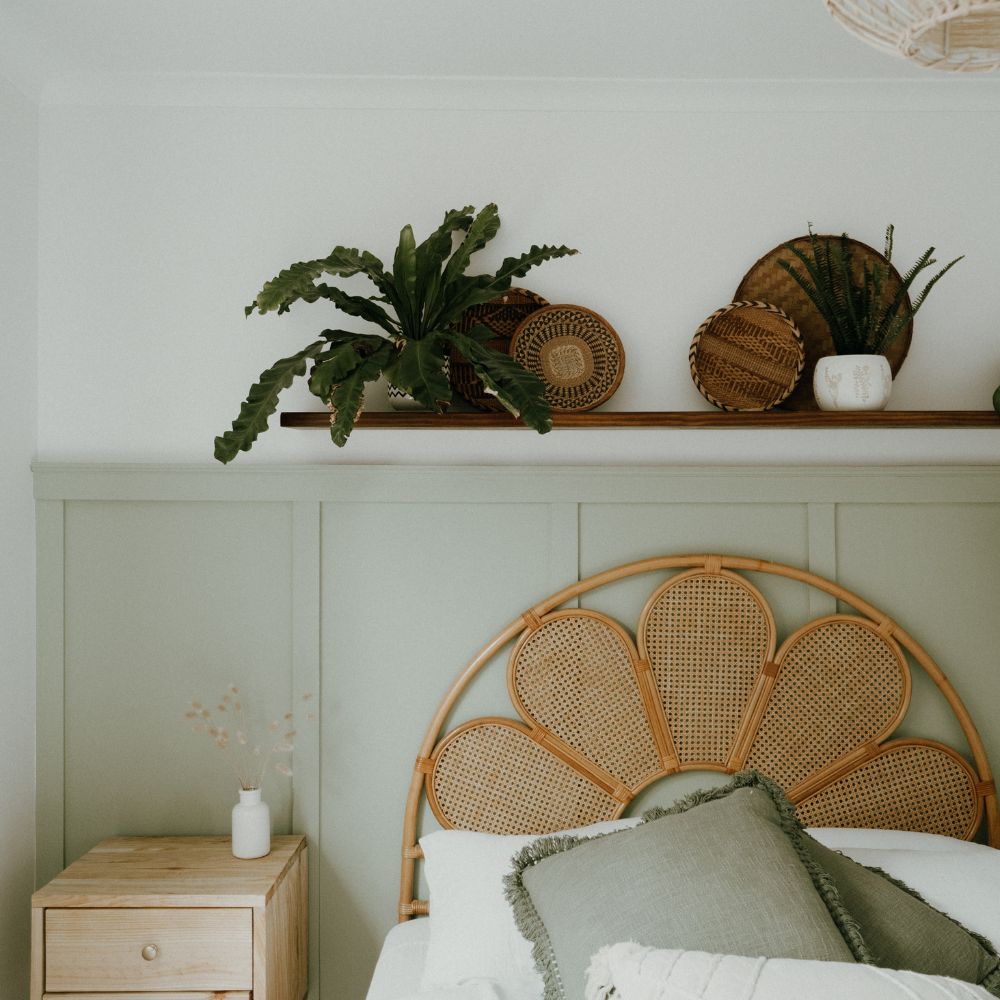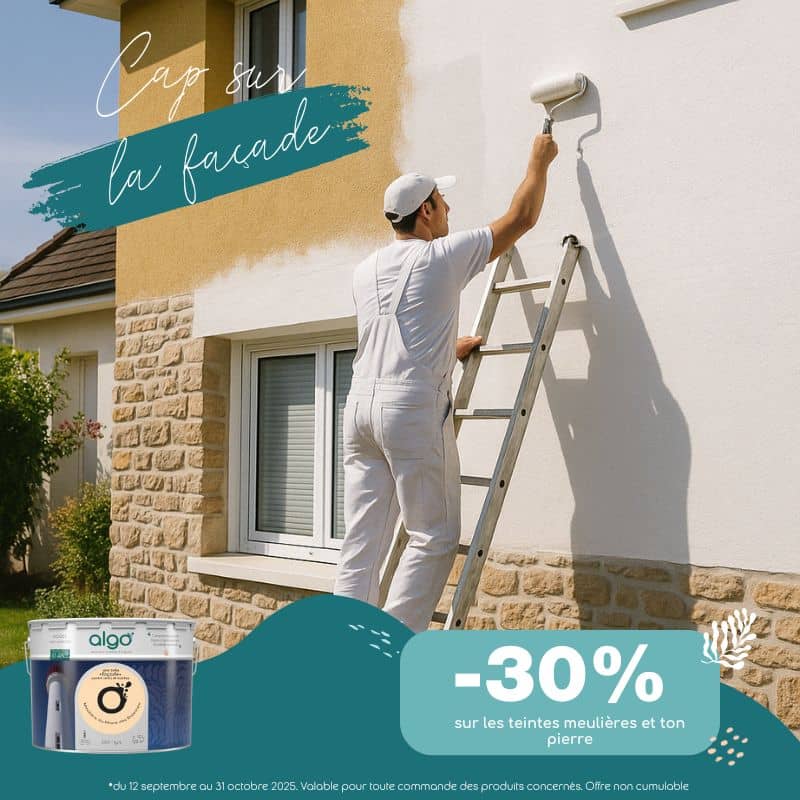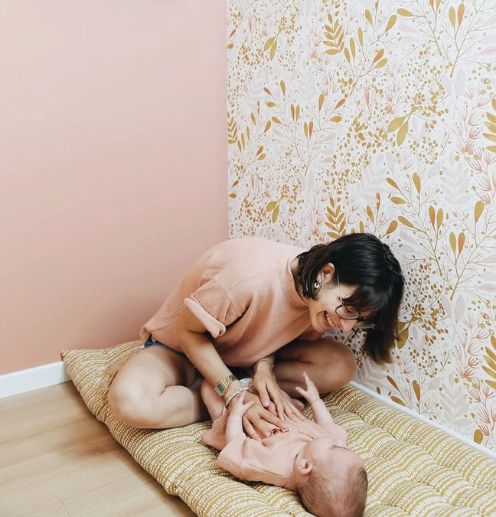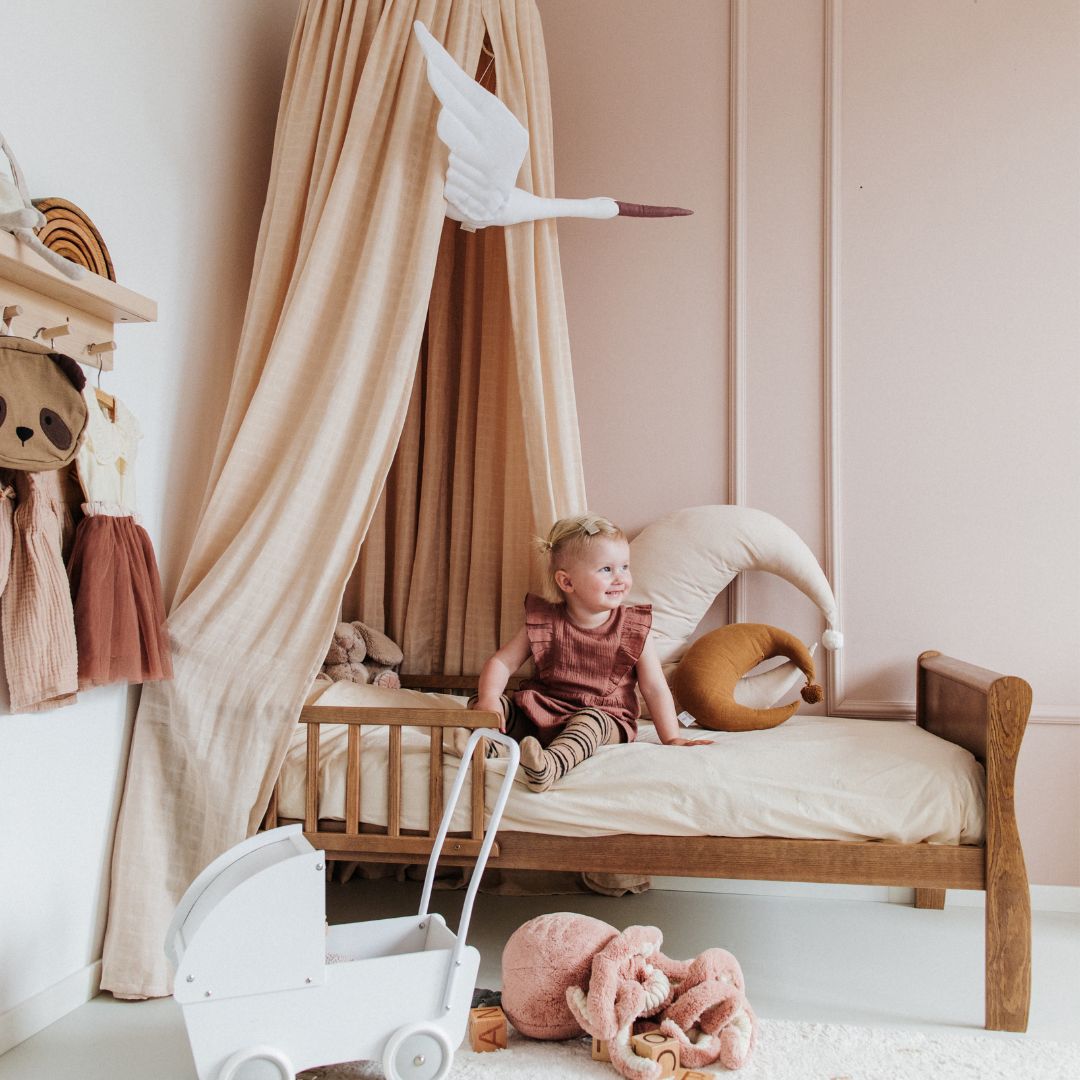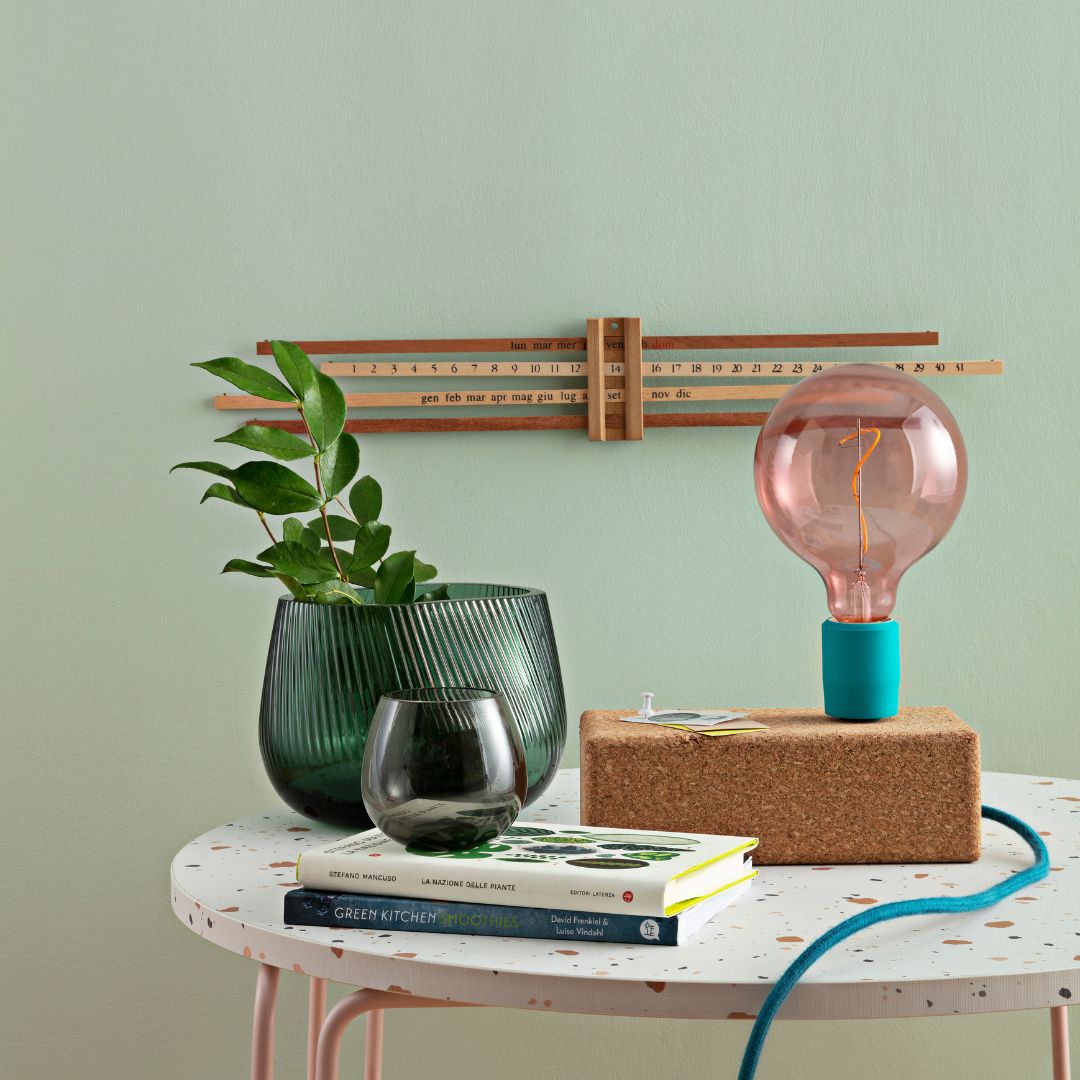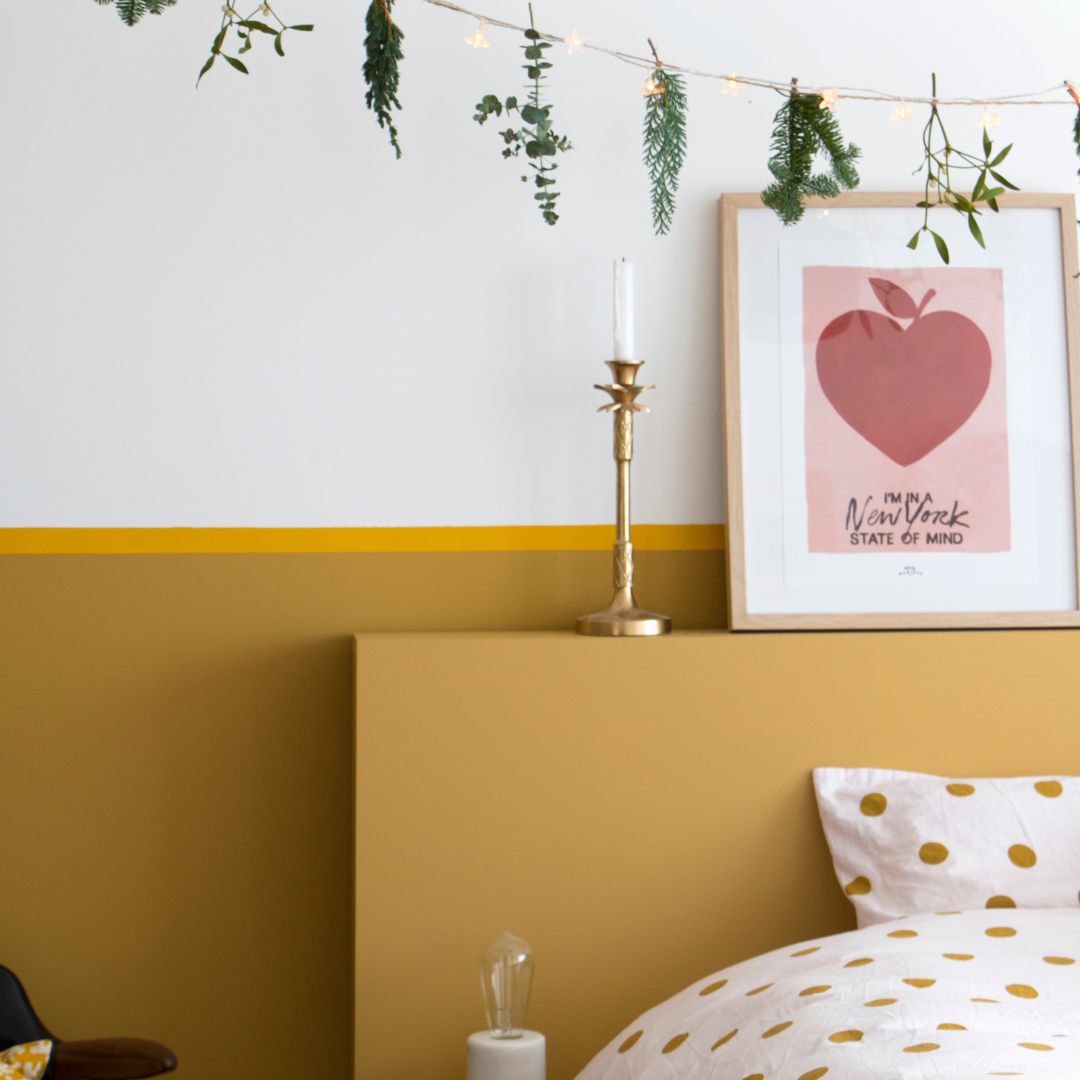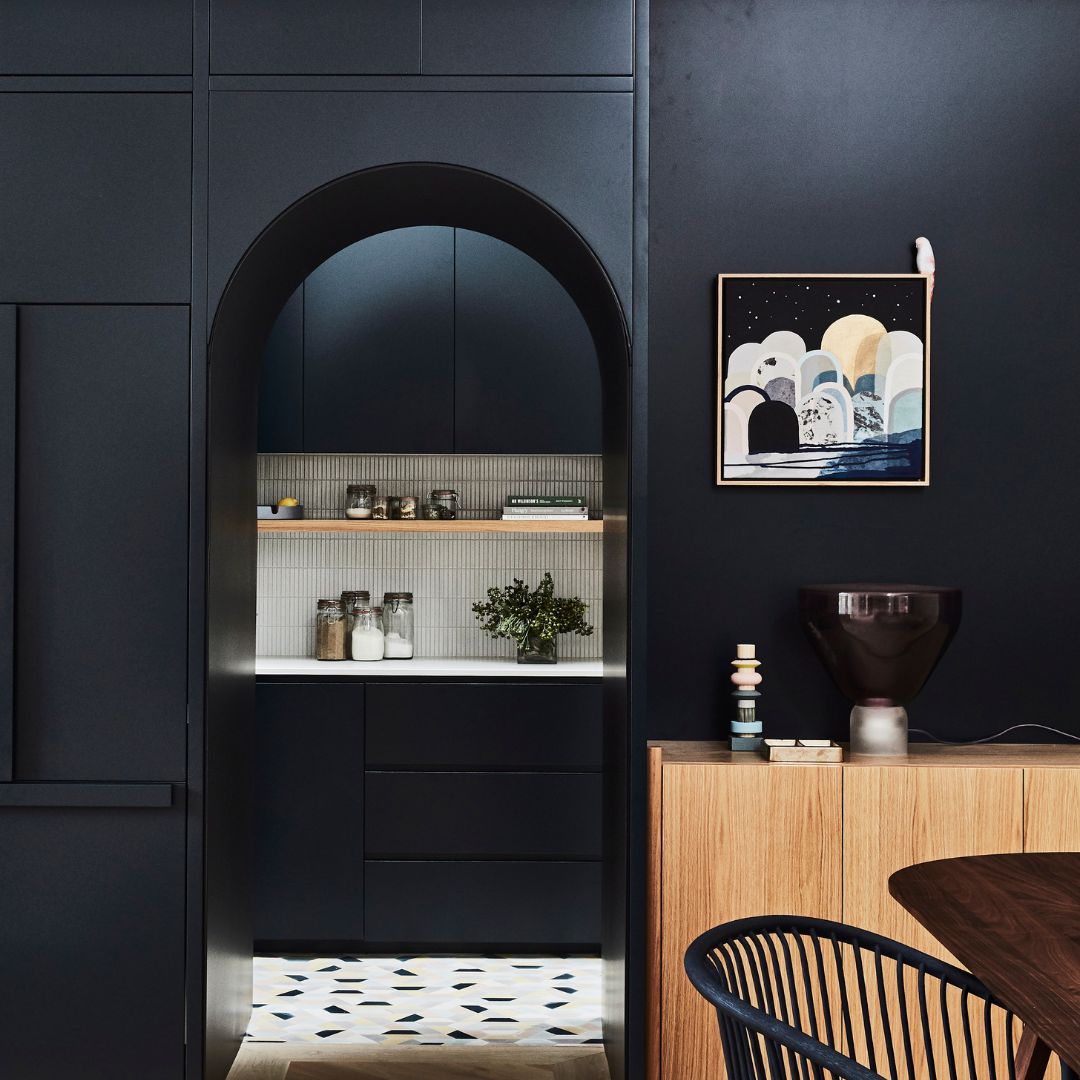No products found
Use fewer filters or remove all
Choose your colors with ease
-
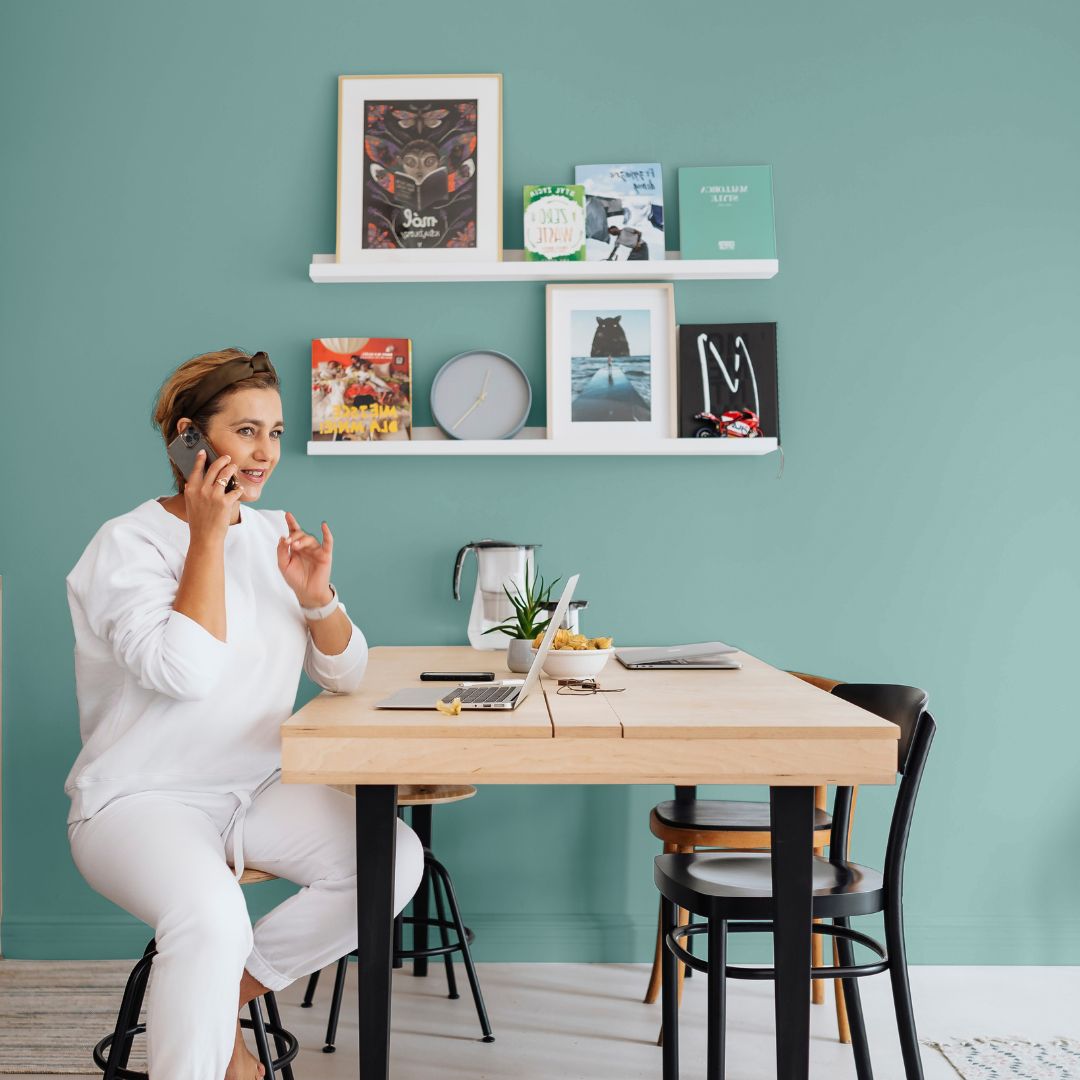
Find the perfect shades with our color consultant
Book your free coaching -
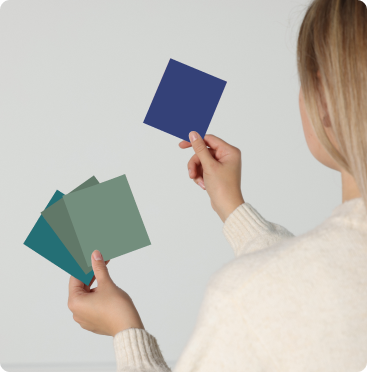
Easily choose your shades with our samples
See our 100 samples -
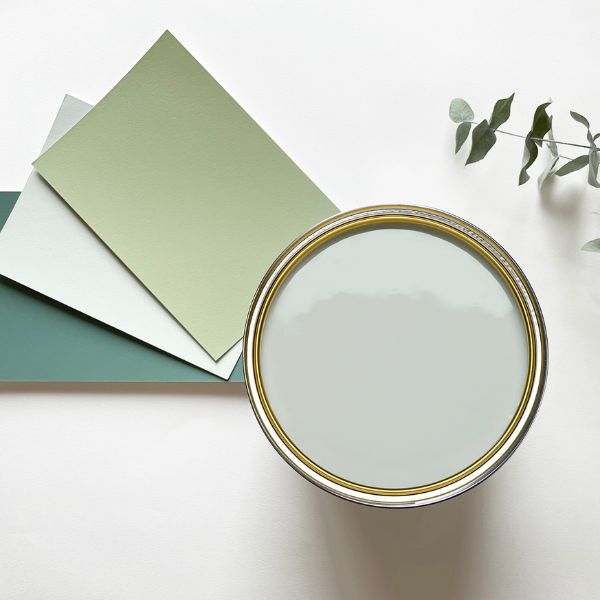
Fall for our magnificent color harmonies
See our color harmonies
-

Fast delivery
and neat -

A service
top customer! -

More than 2000
verified reviews -

Payment
secure
We tend to choose the paint for our interior room by room in the house: but when it comes to the children's bedroom, legitimate questions can arise given the many criteria that can interfere with the choice.
Between the healthy appearance of the paint, the color to be applied for decoration, and the washing qualities to facilitate the maintenance of the paint, it is necessary to choose a paint that meets all these criteria.
That's good, we have what you need.
Painting a child's or baby's room isn't just about aesthetics or decoration. As a room where your child will spend long hours of sleep, painting will help create a unique environment for your child, whether soothing or stimulating, mainly through the color you choose, whether it's for a girl or a boy.
Choosing paint for your baby should therefore take into account the lowest possible volume of VOCs. While the vast majority of paints emit less than 1g/VOC per liter, find out in advance about the nature of these volatile organic compounds.
Finally, your paint must be washable to withstand everyday wear and tear. Your walls must be able to be cleaned frequently.
Choose a paint that will protect your child's health
As mentioned earlier, the main criterion for choosing a paint for a child's room is the VOC level that the paint will contain.
Some of these VOCs can have health effects: headaches, respiratory irritation, etc.
This aspect is all the more important as a child's body is still developing and will be more sensitive to the emanation of VOCs.
A paint with a low VOC content will often be credited with a label, this will be the case with the European ecolabel for example, like Algo paints.
Using natural paint also significantly reduces the risk of allergies. After applying any paint, it is advisable to ventilate the room.
When in doubt, it's best to test the paint on a small area to be painted to check your child's tolerance to the paint.
To ensure you choose a paint that meets all of these criteria, choose a natural, eco-friendly paint, and not just a bio-sourced one. In fact, many paint ranges advertise the bio-sourced aspect of the paint's resin (which only represents 20% of a paint pot).
So be careful, because the composition of the paint is not only resin.
Algo paints are made from a bio-sourced resin but also from other natural and local raw materials, mainly algae from the Breton coast.
A quality, washable paint
The second undeniable criterion is the quality of the paint. And yes, choosing a natural paint is important, but it also needs to be as high-quality as a traditional paint.
For your child's bedroom, using washable paint seems to be a prerequisite to deal with fingerprints, crayon marks, and spills. The washable nature of a paint will ensure that it can remove stains that can be common in a child's bedroom.
Washability is most often guaranteed depending on the finish you use: matte, satin, or velvet. For the best possible washability, using a satin finish is ideal for your baby's room.
The better you prepare your walls, the more likely you are to have washable paint. This involves sanding and roughening your surface, applying a primer, and applying two coats of satin finish, which also has the added benefit of reflecting light better.
Colors to use in a child's room
The choice of color is not a choice to be taken lightly: in fact, it must correspond to your child's personality, his tastes and must be sufficiently coherent to be kept in the medium/long term on the walls and ceiling of the child's room.
Color will also have a significant impact on your child's mood: shades have meaning and will undoubtedly have different effects depending on the type of color chosen.
It remains to be seen whether you prefer to use pastel tones for a neutral ambiance or bright tones for more original decorating ideas.
Pastel tones for a relaxing atmosphere
Dizzy yellow is a sunny and warm shade that will brighten and accompany your child's life. A playful color, it's a soft color that's very easy to use and even easier to pair with a color with a stronger character.
Watercolor sky blue is also a color that lends itself particularly well to application in a child's room, whether for a brother or sister's room. This very delicate, almost muted blue will have the benefit of accentuating the brightness of your room. Better still: it's a true standard that suits both little girls and little boys.
Green is very fashionable at the moment, all the more reason to use it in a child's bedroom.
Among our soft greens to use in a child's bedroom, the shade "Stroll in the Garden" will find its place: subtle and tender, combine it with white to soften this pretty green even more.
Bright tones to accentuate your child's personality
Unlike soft tones, bright shades will prove their usefulness in your child's play and activity areas.
A true marker of personality, the use of bright colors will undeniably encourage your child's creativity, energy and enthusiasm.
Exuberant pink is a vibrant color that defines a space and conveys intimacy. A feminine color, this powerful pink is ideal for a little girl's bedroom. This will be even more true when paired with white.
Peacock green is a powerful green reminiscent of the depths of the ocean. Both dense and subtle, this green will transport your son to an ocean of calm.
In the same spirit, charming blue is ideal for encouraging interaction. Accompanied by a touch of green and gray, it has the advantage of being able to be combined with a wide variety of colors from our color chart, thus facilitating combinations with existing furniture and decor.
